With heatwaves in Germany and temperatures reaching 50 degrees in Sicily, not to mention the first heat-related deaths in Turkey, it’s no surprise that ‘coolcation’ is the summer buzzword of 2025 once again. But what does it mean? And does it really have to be Iceland or Norway, or would a holiday in the mountains “suffice”?
A little spoiler alert: it depends on the altitude. And your attitude. If you’re trying to escape the heat, you shouldn’t be contributing to climate change at the same time. Extreme weather is a consequence of global warming, so it makes little sense to escape a 40-degree summer by flying to Dubai for the weekend to cool off in air-conditioned shopping malls.
Instead, we recommend travelling consciously to destinations that have long embraced sustainable tourism.
What exactly is a “Coolcation”?
A ‘coolcation’ is a vacation taken in a place with cool temperatures, ideal for escaping the summer heat. Suitable destinations include countries in northern Europe, mountainous regions, and places where it is currently winter.
Why altitudes above 1,000 metres are suitable
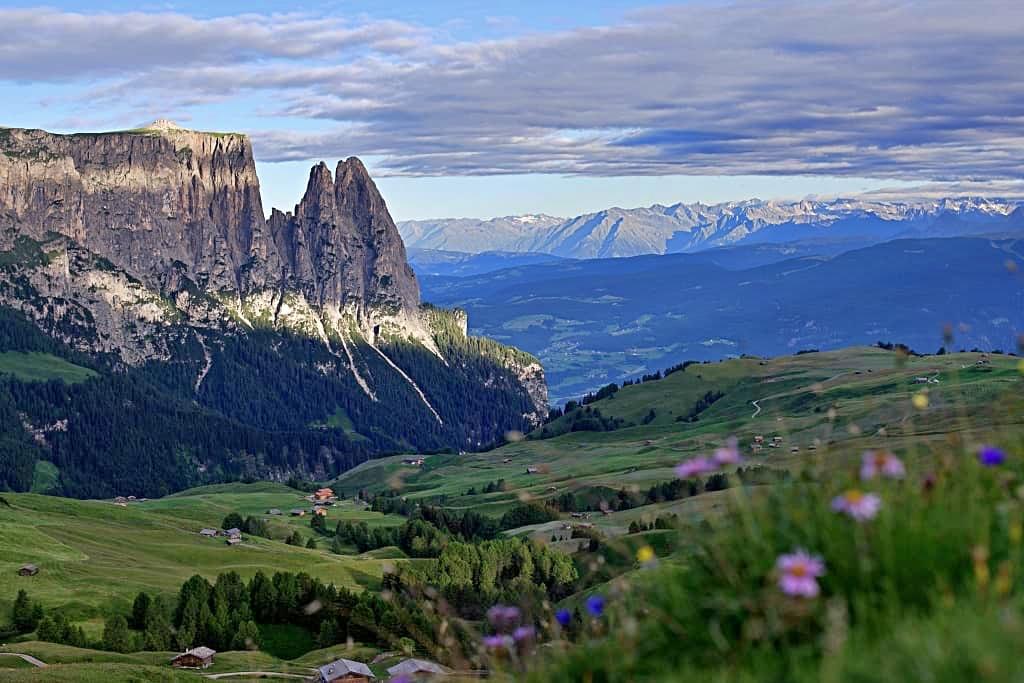
The temperature drops by about 6.5 degrees for every 1,000 meters you climb, and that’s a pretty reliable rule of thumb. It’s no wonder, then, that you’ll find snow-covered peaks even in the height of summer—on the north side of the Alps the snow line is at around 2,500 meters.
The physics behind this is air pressure. As you go higher, the air pressure gets lower. This causes the warm air to expand, which results in a loss of heat. However, the more pleasant temperatures are not the only reason the mountains are an ideal summer destination. They also score highly in terms of sustainability in several ways;
- No air conditioning required: This saves energy and prevents the release of greenhouse gases that damage the climate.
- Better air quality: At elevations above 1,000 meters, there are significantly fewer pollutants and allergens in the air. This is also beneficial for people with allergies.
- Travel off-season: Many mountain regions, especially well-known ski resorts, have a low season in the summer — meaning fewer visitors, less strain on the environment and local communities, and more peace and quiet for you.
Six sustainable hotels for your “coolcation.”
Summer on the Seiser Alm: Paradiso Pure.Living Vegan Hotel
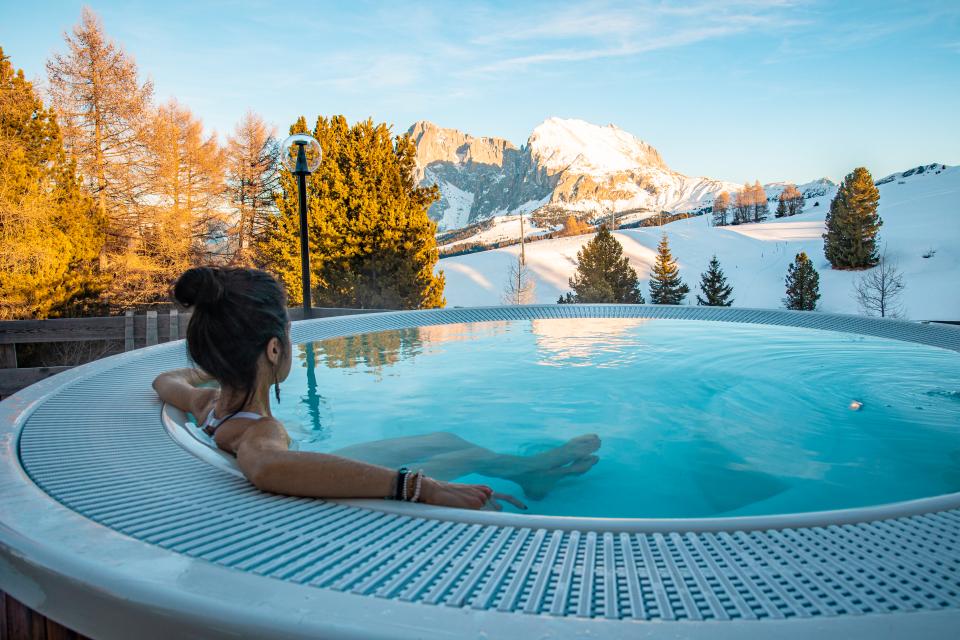
Nestled in the heart of the Dolomites at an elevation of 2,020 meters is the Paradiso Pure.Living Vegan Hotel, a vegan hideaway with a breathtaking view. It boasts a secluded location on Europe’s largest high alpine pasture and offers clear mountain air and a unique hotel concept. Hiking and biking trails start right outside the hotel, and guests can relax in the outdoor whirlpool or take yoga classes.
Paradiso was once the first vegetarian hotel in the Dolomites. It has now fully transitioned to plant-based cuisine, remaining true to its pioneering role. Even the fine dining options here are completely free of animal products — and at the level of a star chef like Aggeliki Charami.
In addition to culinary sustainability, the hotel focuses on cultural inspiration. Contemporary art is an integral part of the hotel’s concept, with rotating exhibitions of works by international artists.
A cool vacation with a view of the Matterhorn: the Hotel Bella Vista in Zermatt
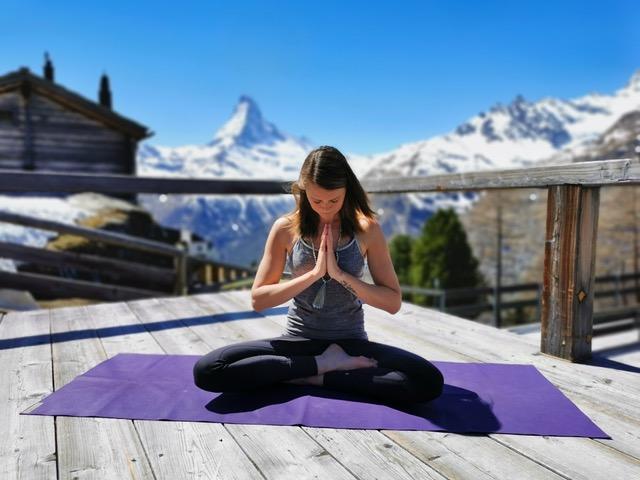
At 1,620 meters above sea level, Zermatt is a popular summer destination. Not only does it stay pleasantly cool, but you are also right in the middle of the spectacular glacier world of the Alps. You can go glacier hiking on the Gorner Glacier, visit the underground ice palace, or simply marvel at the scenery.
After a day of exploring, retreat to the charming Hotel Bella Vista Zermatt. This small boutique hotel has only 21 rooms and is lovingly run by the Anthamatten family. The hotel offers stunning views of the Matterhorn, best enjoyed with a glass of iced tea on the sun terrace.
The Bella Vista prioritizes environmentally friendly management and warm hospitality — even four-legged friends are welcome.
Enjoyable holiday on the Ritten: breathe in the mountain air and experience gentle luxury in South Tyrol
For hundreds of years, the Ritten has been a summer retreat for the people of Bolzano. It’s an ideal destination for those looking to escape the summer heat without a car, opting instead to travel by train and use a guest card. Located at an altitude of around 900 to 1,200 meters, the plateau south of Bolzano offers cool temperatures, fresh air, and easy access to nature.
Cool off at the lake: Family-Friendly Hotel Weihrerhof
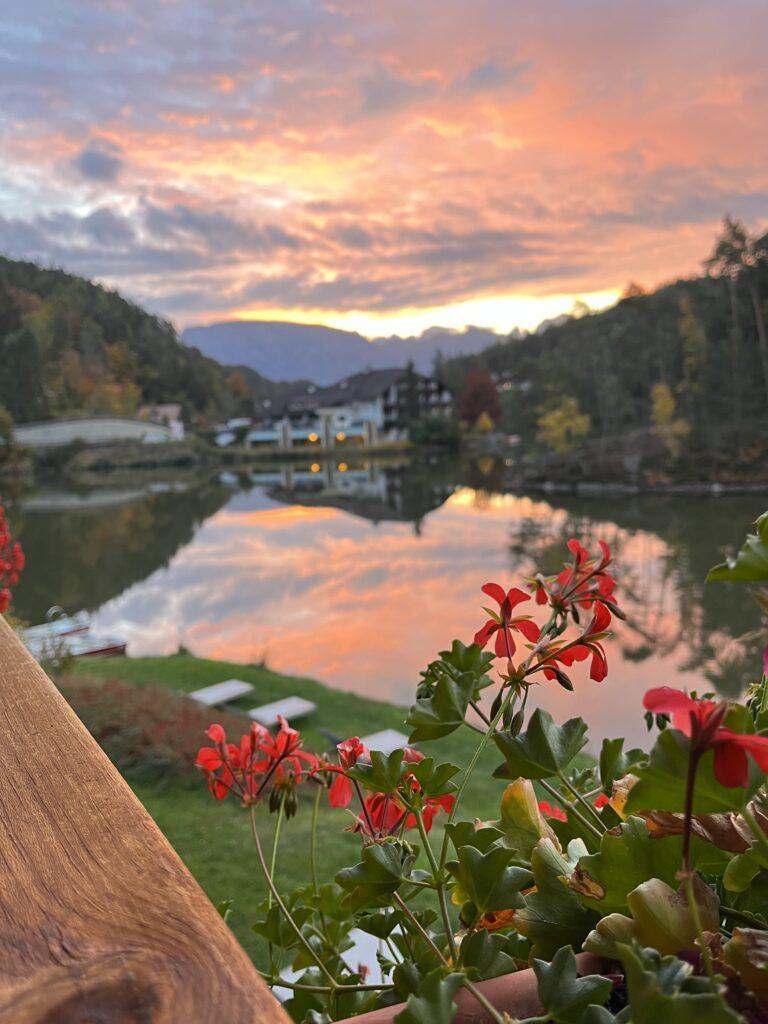
The Hotel Weihrerhof (1,200 m) is located directly on Lake Wolfsgrubener See – one of the cleanest swimming lakes in Italy. The crystal-clear water not only provides refreshment but also forms the basis for the hotel’s exclusive “BergSea” natural cosmetics line. Here, guests are pampered with the finest natural products and the warm hospitality of the Pichler family.
Enjoyment and nature: Sustainable, all-inclusive vacations at the ADLER Lodge RITTEN
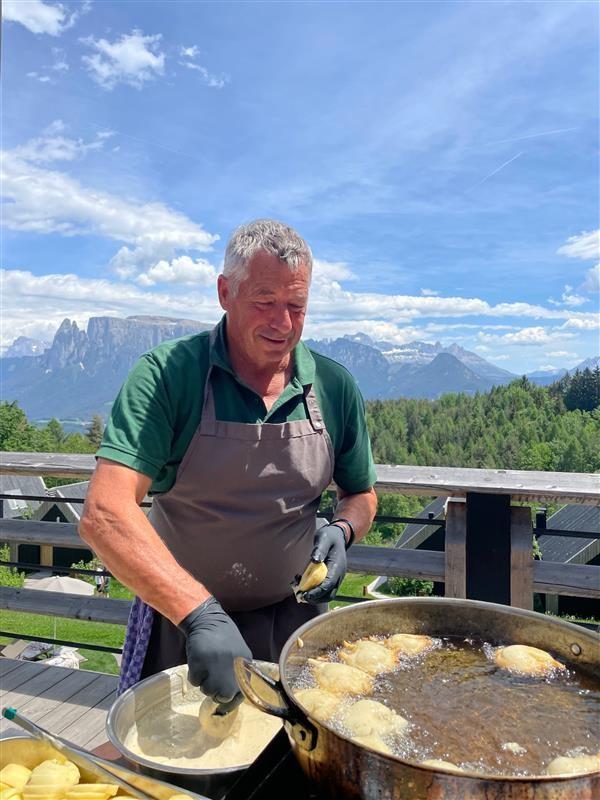
The ADLER Lodge RITTEN boasts a spacious outdoor pool with stunning views of the Dolomites. As part of an all-inclusive offer, the “farm to table” concept brings fresh produce from its own farm and partner farms in the surrounding area directly to your table. In addition to delicious meals, the offer includes drinks and small delicacies on the terrace.
Additionally, experienced guides will accompany you on hikes and e-bike tours through the mountains.
Eco-Wellness with Bee Air: The Apipura hotel rinner
The Apipura hotel rinner is unique when it comes to wellness: here, you can experience apitherapy with air straight from the beehive. This family-run hotel has its own beekeeping operation and produces its own honey. Organic is the name of the game here.
The hotel is part of “Bio Fair Südtirol,” and the honey is Demeter certified. The meat served here comes exclusively from regional organic farms. Did you know? Bees are little climate regulators — in the summer, they fan their wings or distribute water to cool the hive.
High-altitude air instead of heat waves: Inkaterra Machu Picchu Pueblo in the Peruvian Andes
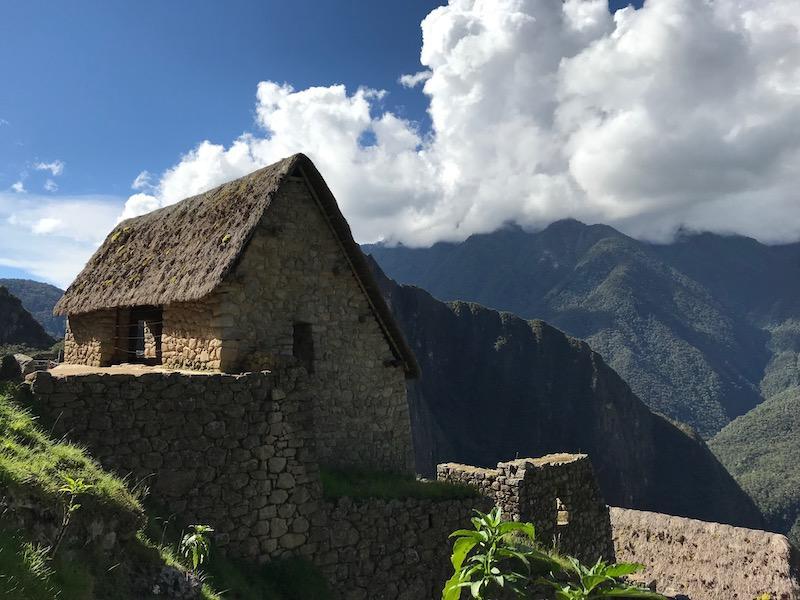
Okay, Peru isn’t the ideal destination for a short trip. However, if you’re planning a longer trip or have been dreaming of a trekking tour in South America, the Peruvian Andes are definitely worth considering. Winter here is from June to September. That means you can expect pleasantly cool temperatures, especially at higher altitudes.
In the Cusco and Machu Picchu regions, expect temperatures ranging from 15 to 25 °C below 1,000 meters and below freezing above 5,000 meters, depending on the altitude. At around 2,500 to 3,500 meters—the typical Andean travel route—it is usually mild, around 12–20 °C.
Please note: The higher you go, the thinner the air, so be sure to allow a few days to acclimate. We have compiled all the information you need to know about traveling to the Andes in a Green Travel Guide.
After a few days at lower altitudes, the Inkaterra Machu Picchu Pueblo Hotel is the perfect first stop. Located at 2,430 meters, it is idyllically situated in the heart of a natural cloud forest. Instead of air conditioning, guests will find fresh mountain air, pure nature, and a genuine commitment to protecting species and the environment. The hotel’s own garden is home to over 370 species of orchids, and guests are very likely to see hummingbirds and butterflies. Guided tours will take you to cultural highlights, such as the Inca city of Machu Picchu, and into the heart of the impressive Andes landscape.
Conclusion: Stay cool and travel consciously.
The climate crisis is making summer vacations in many regions difficult. In times like these, we need new, sustainable ways of traveling instead of heat stress, air conditioning, and emissions. A “coolcation” in the Alps or other high-altitude regions of the world, such as the Andes, can offer relaxation, cooling, and mindfulness. Of course, this requires thoughtful and sustainable practices.
The hotels we feature demonstrate that sustainable comfort does not require compromise; it sets new standards. And all without air conditioning.
Save this article to Pinterest.






